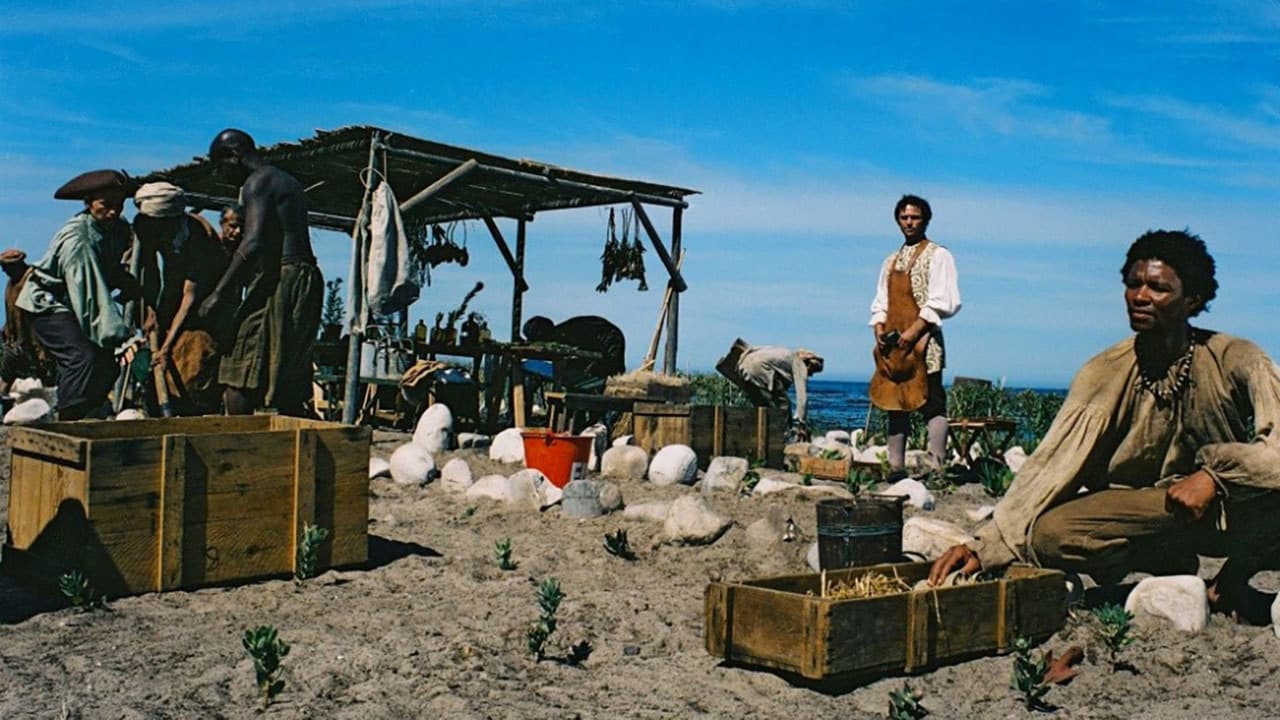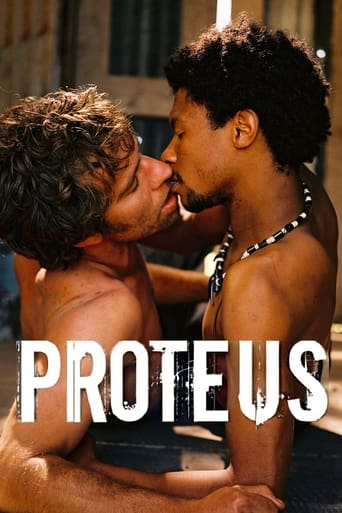

Such a frustrating disappointment
... View MoreHighly Overrated But Still Good
... View MoreGood , But It Is Overrated By Some
... View Morewhat a terribly boring film. I'm sorry but this is absolutely not deserving of best picture and will be forgotten quickly. Entertaining and engaging cinema? No. Nothing performances with flat faces and mistaking silence for subtlety.
... View MoreIt is no wonder that this film's title is not on the lips of young gay circuit boys. It is a glimpse of our heritage as gay men, however. It reminds us of our own struggle for human rights for centuries in Western culture and in many other cultures of the world. That struggle is not over. In Iran, these atrocities, like the ones depicted in this film, are perpetrated against consenting gay lovers. In Moscow, gay marchers cannot protest without being physically attacked. I find this film profound in that it comes from a country which is struggling with its own economic survival. Yet, this film, of high quality and low cost, was made there. It shames American gay producers, who would never find financing for such an important story. I have tremendous admiration for the makers of this film. Its minor technical failings are negligible, when its overall value to global gay culture is considered. I think it should be required viewing in high school classes on human sexuality. The fact that the film also clearly associates class issues with human rights issues is a refreshing dose of reality.
... View MoreThe important thing to know when going into this film is that it's first an art film; second, an historical drama; and finally and interracial gay love story.As an art film, it meanders and intermingles elements of the 18th, 19th, and 20th centuries - from 1725 to 1964 - as a cinematic illustration of the maxim plus ça change, plus c'est la même chose - the more things change, the more they stay the same.As an historical drama, it is based on an actual case and uses the names of the two men. The real relationship, however, began about 1715 (not 1725, as presented in the film) when Rijkhaart Jacobsz and Claas Blank were about 16 years old. They had been together 20 years when they were executed in 1735 about age 36. Their relationship was not particularly secret, and apparently not particularly shocking - so the reason for their trial and execution can only be speculated. The most likely explanation is that the sodomy panic that gripped The Netherlands in 1731 made its way down to Cape Town by 1735.One of the amazing things about the real court case is that the testimonial evidence of the Khoi defendant, as well as the Dutch one, was recorded. Usually, there's just notes as to what the Black defendant said, not his (or her) actual words. So, for some reason, Claas Blank sufficiently impressed the Cape Colony authorities that he was treated essentially the same as a white convict.Proteus is a poignant film, and a fine example of contemporary South African (and Canadian) cinema.
... View MoreThis "art house" film, based on factual documents, depicts real events which are informative and provide a historical context for some of today's social attitudes.Although the recorded events took place in the mid-18th century, the director has peopled his set with deliberate contemporary anachronisms. This is apparently to tie together time periods, showing significant similarities.The film itself seems to have a divided audience, from those who love it to those whose reactions are the opposite. While the events covered are pretty grim and unpleasant, the production is well shot and the quality of the actors is uniformly strong. In my opinion, though, here's a film that will probably have a limited general, together with an appreciative special, audience. It is commendable that the South African government has opened its political policy for more inclusiveness in artistic subject matter. Well produced by a Canadian company.
... View MorePost-apartheid cinema is characterized by the emergence of new voices and a diversification of themes. For the first time South African audiences are exposed to certain marginalized communities, including gay and lesbian subcultures. An important milestone in South African feature film-making is Jack Lewis's Proteus, the beginning of a visible gay/lesbian cinema in South Africa. Under apartheid gay and lesbian voices in film and television were also silenced. In a seven year study of the depiction of gays and lesbians in African, Asian and Latin American cinema I have noted that homosexual experience is unique in South Africa, precisely because of our history of racial division and subsequent resistance. Based on a true story, PROTEUS is a period film that raises issues still of enormous relevance today. Historian and filmmaker Jack Lewis was fascinated by a court record in the Cape Archives, dated 18 August 1735, giving judgment in the case of two Robben Island prisoners. Dutch sailor Rijkhaart Jacobsz and Khoe convict Class Blank received extreme sentences for what the court called 'the abominable and unnatural crime of Sodomy'. It is an extremely moving experience and forms part of a very small number of South African productions on homosexuality. Despite a new constitution which prohibits discrimination against gays and lesbians, our images of gay men and women are limited and still on the margin of the film industry. One ends up with less than fifteen short films, a few documentaries, less than five features with openly gay and lesbian characters and virtually no television programmes during the past hundred years of South African cinema!
... View More